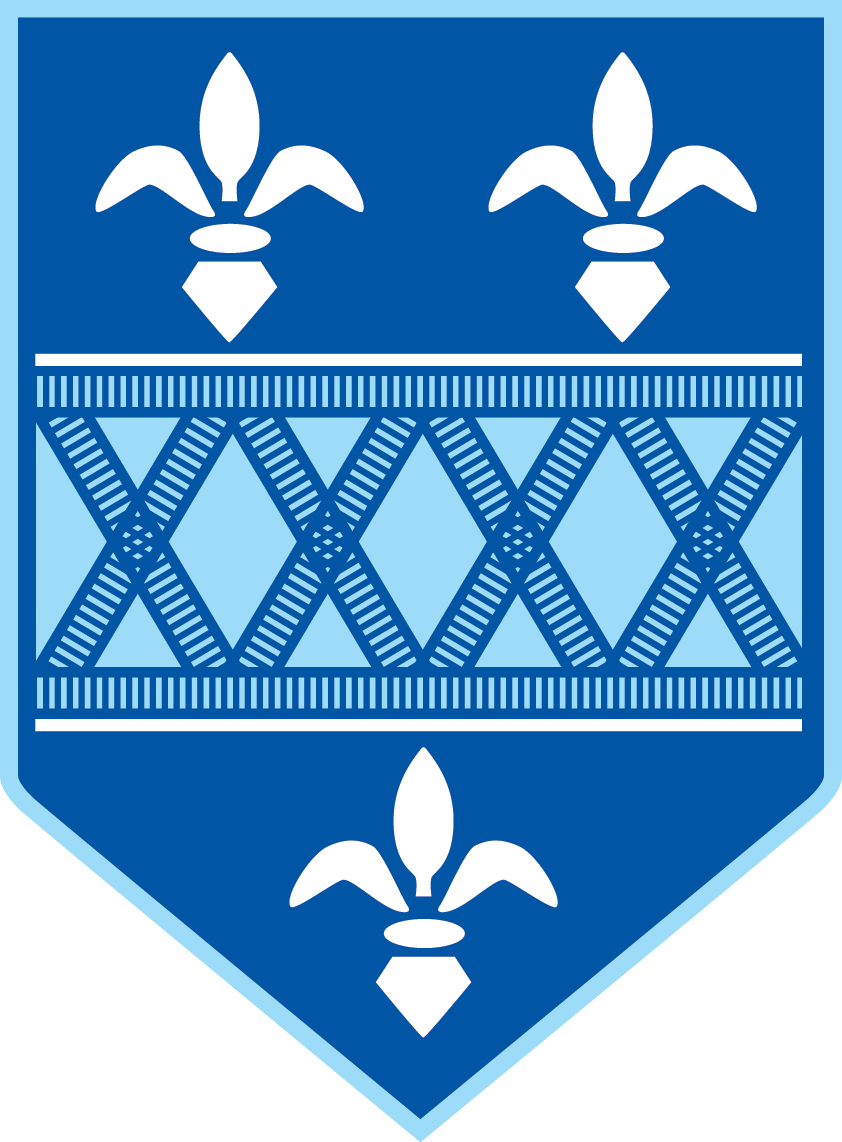PE
Curriculum Vision
Our PE teaching will create young people with a positive outlook on physical activity. The PE curriculum will enable students to build personal resilience, confidence and discover a sense of personal achievement. Through engagement with a broad range of worthwhile physical activities, students will become physically competent and value the benefits of participating throughout their life. We offer numerous opportunities for learning and to compete outside of the classroom, enabling all to cope with both success and failure in competitive and cooperative activities. We champion all students to strive for their personal best.
A video introduction to our PE and Health & Social Care courses in LPGS6 (our co-educational Sixth Form)
The KS3 PE curriculum is split into two distinct phases which are designed to offer all students the opportunity to experience a broad range of activities which allows them to then make a choice, at KS4, about the learning pathway that suits their preferences.
Year 7 and Year 8
Year 7 and 8 are taught in mixed ability classes. All groups are taught the same range of activities as detailed in the table below. In Year 7, students will undertake a 'Fundamentals' programme for five weeks. This includes a range of activities which can be linked with a variety of sports.
|
Year |
Curriculum aims |
Pathways / Activities |
|||
|
7 |
Develop a range of basic practical skills, tactical concepts and sporting knowledge to utilise in sporting competition at varying levels. Begin to feel physically confident in their ability and understand the importance of being physically active. |
Fundamentals |
Hockey |
Gymnastics |
Netball |
|
Rounders |
Athletics |
Football |
Cricket |
||
|
8 |
Badminton |
Netball |
Hockey |
Gymnastics |
|
|
Football |
Athletics |
Rounders |
Cricket |
||
Year 9
Year 9 students will be allocated (via discussions between students and staff) a learning pathway:
-
Performance pathway – potential GCSE PE students, those who represent the school or compete in sport outside of school. Our highest achievers and those with potential to achieve highly.
-
Participation pathway – those who may consider GCSE PE, like competition and may make B teams. May be involved in sports outside of school and have a solid all-round ability.
-
Wellbeing pathway – focus on engagement and exercise for life rather than performance for competition.
-
Creative pathway – potential GCSE Dance students, a tailored program of activities to suit those more interested in the individual and creative sports/performance arts with a real focus on preparation for GCSE Dance study.
The activities included have been selected to suit the majority of the pupils within that pathway whilst ensuring a range is still experienced.
Curriculum Aims
Develop more sophisticated and accurate practical skills and tactical concepts that can be applied consistently and appropriately in varying levels of sporting competition. Be clear about the value of PE/Sport/ Dance/Physical activity in their lifestyles. At the end of this stage they must be able to make an informed choice about a preferred pathway of study.
|
Pathways/Activities |
|||||||
|
Performance |
Participation |
Universal |
Creative |
||||
|
Netball |
Badminton |
Netball |
Badminton |
Badminton |
Leadership |
Trampoline |
Fitness |
|
Hockey |
Trampoline |
Football |
Trampoline |
Trampoline |
Basketball |
Basketball |
Leadership |
|
Football |
Athletics |
Hockey |
Athletics |
Tag Rugby |
Athletics |
Tag Rugby |
Athletics |
|
Cricket |
Rounders |
Cricket |
Rounders |
Cricket |
Rounders |
Cricket |
Rounders |
Students will spend 5 weeks on the activities listed above. At the end of the block, students will be graded on attainment for that activity, but their overall reported grade will be a reflection of their all-round ability in PE.
At Key Stage 4 students will get to choose their learning pathway:
-
Performance - predominantly GCSE students, they should be in this area unless choosing leadership - those who want competitive activities with the focus on improvement
-
Participation - those who are keen on PE/Sport but want to try other sports/activities not previously offered in lessons
-
Leadership - those wanting to gain an extra qualification in SPORT or DANCE leadership - these courses should be completed by May half term leaving those students to enjoy the last half term of other activities.
-
Well-being - those wanting to remain physically active without competition or a focus on quality of performance but rather a focus on remaining active and healthy
Curriculum Aims
Develop the depth of skill and knowledge to be able to continue independently in their chosen pathway. Make informed and conscious decisions about how sport/physical activity will be present in their lives now and in the future. Recognise the positive contribution that can be made to their life and community through healthy living.
*sports listed here are subject to change
|
|
PE 1 |
PE 2 |
PE 3 |
PE 4 |
||||
|
10 |
Netball |
Badminton |
Basketball |
Football |
Trampoline |
Basketball |
Dance |
Trampoline |
|
Trampoline |
Football |
Trampoline |
Netball |
Badminton |
Fitness |
Basketball |
Fitness/Yoga |
|
|
Tag Rugby |
Athletics |
Tag Rugby |
Athletics |
Tag Rugby |
Athletics |
Tag Rugby |
Athletics |
|
|
Cricket |
Rounders |
Cricket |
Rounders |
Cricket |
Rounders |
Cricket |
Rounders |
|
|
Tennis |
|
Tennis |
|
Tennis |
|
Tennis |
|
|
|
11 |
Netball |
Table Tennis |
Outdoor Games |
Yoga |
Street Dance |
Basketball |
Cycling |
Volleyball |
|
Trampoline |
Hockey |
Trampoline |
Fitness |
Trampoline |
Fitness |
Trampoline |
Fitness |
|
|
Boxercise |
Aerobics |
Rounders |
Tennis |
Ultimate Frisbee |
Circuits |
Zumba |
Ultimate Frisbee |
|
If students wish to develop their performing skills then they can attend extra-curricular practices in the following sports: netball, hockey, badminton, athletics, rounders, gymnastics, tennis, dance, football, and trampolining.
This Physical Education specification is ideal for those who are driven towards practical performance. In terms of theory, students who have an interest in the science behind sporting performance and achievement would find this course both mentally stimulating and physically challenging.
Students must be willing to attend extra-curricular clubs and practices in Year 10 and 11. We are also keen to welcome students who participate regularly outside of school for a team or in an activity. This will aid students’ practical performance.
This course gives students good preparation for further study in Sport and Physical Education.
Course Description:
Five lessons split over the two-week timetable, usually four theory (including practical element) and one practical sports lesson.
Theory: 60%
There will be 2 exam papers which will both be assessed in Year 11. These are a mixture of multiple choice/objective test questions, short answer questions and extended answer questions.
Paper 1: The human body and movement in physical activity and sport
|
What’s assessed?
|
How it is assessed:
|
Paper 2: Socio-cultural influences and wellbeing in physical activity and sport
|
What’s assessed?
|
How it is assessed:
|
Practical: 40%
Non-exam assessment: (NEA) Practical performance in physical activity and sport.
What's assessed?
Practical performance in 3 different physical activities in the role of player/performer
-
One in a team activity
-
One in an individual activity
-
The third in either a team or an individual activity
-
Analysis and evaluation of performance to bring about improvement in one activity.
How it's assessed:
-
Assessed by teachers, following criteria set by the exam board
-
Moderated by an AQA external assessor
-
100 marks
-
40% of GCSE
For each of the 3 activities, students will be assessed in skills in progressive drills (10 marks per activity) and in the full context or game situation (15 marks per activity).
Students will then be assessed on their analysis (15 marks) and evaluation (10 marks) of performance to bring about improvement in one activity.
3 sports = 75 marks
Assessment, analysis and evaluation of 1 sport = 25 marks
Totalling 100 marks for NEA
Course Description:
A-Level Physical Education (PE) is a course for students who have a genuine interest in understanding the mechanics and science behind elite sports performance. This course builds on the students’ experience at GCSE, enhancing their knowledge and increasing their understanding of the factors that affect performance and participation in sport.
Topics covered through theory and practical lessons include: Applied anatomy and physiology, skill acquisition, sport and society, exercise physiology, biomechanical movement, sports psychology and the role of technology in physical activity and sport.
Skills Required:
-
A good standard of written English will enable students to meet the demands of the exams.
-
A strong ability in science, particularly Biology.
-
Current participation in competitive sport either as a player or coach. You will be required to provide evidence that you are playing/coaching regularly in your chosen activity at competition level.
Method of Assessment:
The course is aimed at those looking to study for the full 2-years and complete the full A-Level course:
-
70% of the overall grade is based on theoretical content, assessed via two examinations in June of the second year of study.
-
30% of the overall grade is based on sports performance and analysis.
Progression:
The educational progression and career opportunities from A-Level PE are wide ranging, such as Physiotherapy, Professional Sports career, Leisure and Tourism, Sports Development, Sports Psychology, Osteopathy, Chiropractor, Sports Journalist, Sports Manager, Sports Administration, and Teaching.

